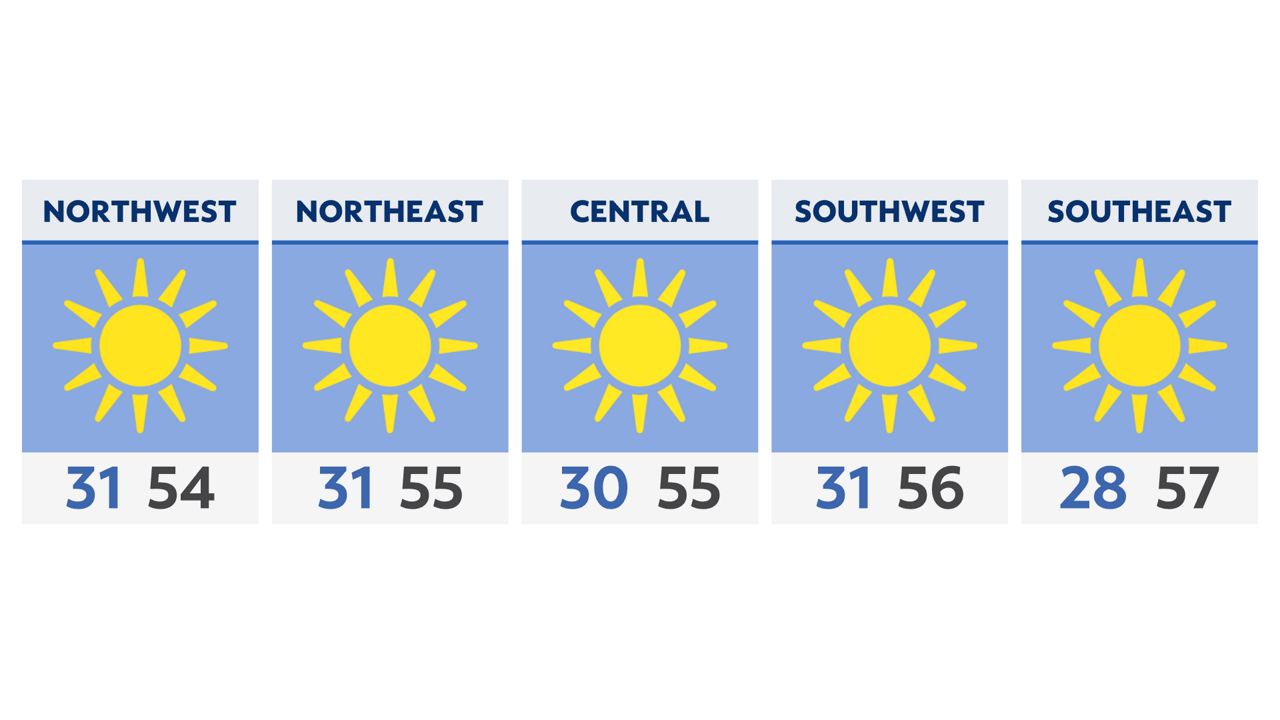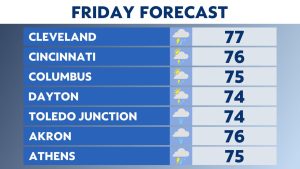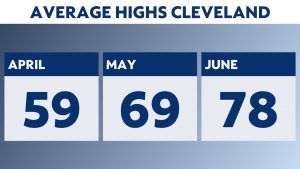The U.S. added 531,000 jobs in October, according to a report from the Bureau of Labor Statistics released Friday – exceeding economists’ expectations and offering a long-awaited sign that the U.S. economy is beginning to rebound from the COVID-19 pandemic.
“This is a good, strong jobs report,” U.S. Labor Secretary Marty Walsh told Spectrum News on Friday. “And the beauty of the report is that it’s cross-sector.”
“In the last several months … when I’ve tried to talk about the job reports it’s usually [about gains in] hospitality, in hotels, in restaurants,” Walsh explained. “But this one has manufacturing, good numbers, in transportation, business … health — a lot of different places.”
Walsh added that the financial markets responded positively to the report – and, indeed, stocks rallied to record levels on Friday, with the Dow Jones rising over 200 points and the S&P rising for a seventh-straight day, with all three major stock indexes closing at record highs.
The Labor Secretary noted that they still “have work to do,” noting that the report showed that 3.8 million people reported being unable to work because they were “directly impacted by the pandemic.”
While, as Walsh noted, many industries did see gains, some did not: Notably, public education jobs declined.
Walsh said that vaccines for school children, which began this week after regulatory approval, will go a long way toward improving that, but he added that “school districts are adjusting, they’re living with the pandemic as well.”
“You have teachers and staff that are concerned about about the virus,” Walsh said. “So I think as we continue to move here, and get more confidence in … how we’re moving forward, we’ll see those numbers pick up.”
“I feel good about where we’re headed,” Walsh said, citing the Biden administration’s vaccine mandate for large companies and the prospect of seasonal hiring as the holiday season arrives.
The unemployment rate also dropped to 4.6%, down from 4.8% the previous month – a report from the Congressional Budget Office (CBO) from last year predicted that it would take until the end of 2023 to reach those levels.
Speaking at the White House Friday, President Joe Biden lauded the progress the U.S. is making in its financial recovery from the COVID-19 pandemic, and attempted to characterize it as an extension of his economic policies.
“Today is another great day for our country,” he said, adding: “America is getting back to work.”
President Biden said that this recovery “did not happen by accident or just because,” crediting his administration’s COVID-19 relief bill, the American Rescue Plan, as well as the country’s vaccination program.
“Before we passed the Rescue Plan, forecasters said it would take until the end of 2023 — to the end of 2023 to get to 4.6 unemployment rate,” Biden said. “Today, we’ve reached that rate two years before forecasters thought it was possible.”
“I would humbly suggest this is a significant improvement from when I took office and a sign that we’re on the right track,” he added.
“We laid the foundation for this recovery with my American Rescue Plan that Congress passed at the beginning of my term,” Biden said.
“It put money in working families’ pockets, it gave families with kids a tax cut each month, it helped keep small businesses going in the dark days earlier this year and it provided the resources to launch one of the fastest mass vaccination programs ever.”
Friday’s report also revised the September and August jobs reports, revealing higher jobs figures than were initially reported: August’s report was revised up 117,000, from 366,000 to 483,000 jobs; September’s report, which was considered “disappointing” by many analysts and experts at the time, was revised up by 118,000, from 194,000 to 312,000 jobs.
“Last month’s numbers, really were kind of the lingering effects of the spike in the delta variant,” Walsh said Friday. “I think this month’s [report] that we’re looking at today … I think that we’re seeing, you know, more people feeling better about coming back to work, and feeling safer. And that’s a good thing.”
Biden also seized on the October jobs report to make a new pitch for lawmakers to pass two key spending bills, which have been stalled for weeks amid negotiations between Congressional Democrats.
“Build on what we’ve already done, because this will be such a boost when it occurs,” Biden said Friday. “Let’s show the world that America’s democracy can deliver and propel our economy forward.”
“I’m asking every House member, member of the House of Representatives, to vote yes on both these bills right now,” he continued Send the infrastructure bill to my desk. Send the Build Back Better bill to the Senate.”
Lawmakers had hoped to vote Friday on the legislation, though as the wore on, the prospect grew increasingly unlikely.
Asked Friday how quickly the American labor force might feel the changes of Biden’s spending bills, Walsh acknowledged that some projects – including the physical manufacturing of roads and bridges included in the infrastructure package, for example – might not begin until next year.
But in the interim, he said, “you’re still going to be planning them. You’re going to … [have] architects and engineers, creating those jobs. So that’s a good sign.”
In the meantime, he said, one of the quickest ways the Build Back Better package would help the U.S. economy is by making childcare more affordable – thus freeing more parents across the country to return to work.
Childcare is “one of the quickest ways of making an impact,” Walsh said. “Families who earn under 300,000 dollars a year [will] only pay as high as seven percent of the cost of childcare out of their pocket.”
“That’s a big shift in our country,” he said. “And that’s an investment in working families that has never happened.”




